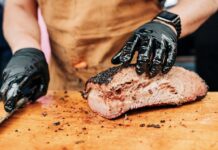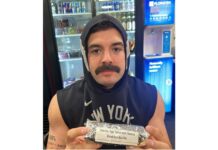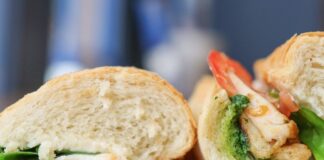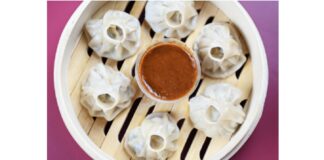
Frozen berries, check. Honey, check. Milk, check. Placenta — what? That was my reaction when perusing the ingredient list of Amethyst Hertsens’s smoothie, which is made with a placenta, the bloody mass of tissues delivered by a female following the birth of a baby. If it’s yours, too, that’s probably culture shock more than anything else because according to a how-to video Hertsens has made, most mammals consume their placenta after giving birth.
According to an article that appeared in The Atlantic in March 2013:
Placentas contain remainder nutrients and hormones that were passed from mother to child in utero, but no clinical studies attest to their benefit (or harm). Often cited is a 1954 study that aimed to increase lactation in new mothers by feeding them freeze-dried placenta. “So far,” its authors boasted, “we can report on 210 women who ate placenta: 71 with very good results, 110 with good, and 29 with negative results,” with very good results involving an increase in breast size and milk production. The study is limited, however, in that no controls were used, and 59 years later, science has yet to follow up on those initial findings.
The same article reports that placentas may be eaten raw or used, as Hertsens does, in a recipe. Nor are your meal choices limited to smoothies, though that seems to be a popular vehicle for placenta consumption.
It turns out there are dozens upon dozens of videos that demonstrate placenta smoothie recipes. You can find them here. I have provided one video just to whet your appetite.














